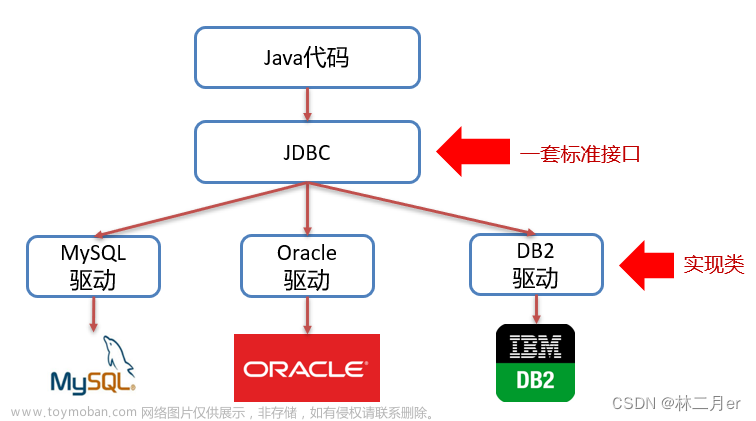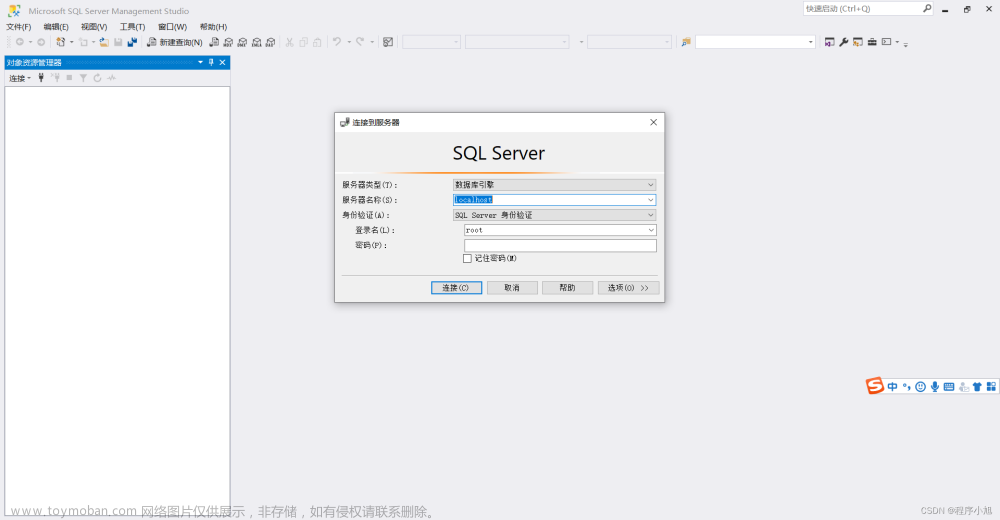
一.效果展示

文章来源地址https://www.toymoban.com/news/detail-823632.html

顺序表,全名顺序存储结构,是线性表的一种。通过《什么是线性表》一节的学习我们知道,线性表用于存储逻辑关系为“一对一”的数据,顺序表自然也不例外。
不仅如此,顺序表对数据的物理存储结构也有要求。顺序表存储数据时,会提前申请一整块足够大小的物理空间,然后将数据依次存储起来,存储时做到数据元素之间不留一丝缝隙。由此我们可以得出,将“具有 '一对一' 逻辑关系的数据按照次序连续存储到一整块物理空间上”的存储结构就是顺序存储结构。
通过观察图 1 中数据的存储状态,我们可以发现,顺序表存储数据同数组非常接近。其实,顺序表存储数据使用的就是数组。例如,使用顺序表存储集合
{1,2,3,4,5},数据最终的存储状态如图 1 所示:
 文章来源:https://www.toymoban.com/news/detail-823632.html
文章来源:https://www.toymoban.com/news/detail-823632.html
二.功能展示(详细)
2.1初始化顺序表
void SLInit(SL* ps)
{
ps->arr = NULL;
ps->size = ps->capacity=0;
}2.2扩容
void SLCheckCapacity(SL* ps)
{
if (ps->size == ps->capacity)
{
int newcapacity = ps->capacity == 0 ? 4 : 2 * ps->capacity;
SLDataType* tmp = (SLDataType*)realloc(ps->arr,newcapacity*sizeof(SLDataType));
if (tmp == NULL)
{
perror("realloc fail!");
exit(1);
}
//扩容成功
ps->arr = tmp;
ps->capacity = newcapacity;
}
}2.3 尾插
void SLPushBack(SL* ps, SLDataType x)
{
//断言
assert(ps!=NULL);
SLCheckCapacity(ps);
ps->arr[ps->size++] = x;2.4头插
void SLPushFront(SL* ps, SLDataType x)
{
assert(ps != NULL);
SLCheckCapacity(ps);
for (int i=ps->size;i>0;i--)
{
ps->arr[i] = ps->arr[i - 1];
}
ps->arr[0] = x;
ps->size++;
}2.5头删和尾删
//头删与尾删
void SLPopBack(SL*ps)
{
assert(ps);
assert(ps->size);
ps->size--;
}
void SLPopFront(SL* ps)
{
assert(ps);
assert(ps->size);
for (int i = 0; i < ps->size - 1; i++)
{
ps->arr[i] = ps->arr[i + 1];
}
ps->size--;
}2.6指定位置插入数据
void SLInsert(SL*ps,int pos,SLDataType x)
{
assert(ps);
assert(pos>=0&&pos<=ps->size);
SLCheckCapacity(ps);
//pos之后的数据往后挪一位,pos空出来
for (int i = ps->size; i > pos; i--)
{
ps->arr[i] = ps->arr[i - 1];
}
ps->arr[pos] = x;
ps -> size++;
}2.7指定位置删除数据
void SLErase(SL* ps, int pos)
{
assert(ps);
assert(pos>=0&&pos<ps->size);
for (int i = pos; i < ps->size; i++)
{
ps->arr[i] = ps->arr[i + 1];
}
ps->size--;
}2.8打印顺序表
void SLPrint(SL* ps)
{
for (int i = 0; i < ps->size; i++)
{
printf("%d ",ps->arr[i]);
}
printf("\n");
}三.test.c
#define _CRT_SECURE_NO_WARNINGS 1
#include"SeqList.h"
void slTest01()
{
SL sl;
SLInit(&sl);
SLPushBack(&sl,1);
SLPushBack(&sl,2);
SLPushBack(&sl,3);
SLPushBack(&sl,4);
SLPopBack(&sl);
SLPrint(&sl);
}
int main()
{
slTest01();
return 0;
}
四.SeqList.h
#define _CRT_SECURE_NO_WARNINGS 1
#include<stdio.h>
#include<stdlib.h>
#include<assert.h>
typedef int SLDataType;
typedef struct SeqList
{
SLDataType* arr;
int capacity;
int size;
}SL;
//初始化和销毁
void SLInit(SL* ps);
void SLDestory(SL* ps);
void SLPrint(SL* ps);
//顺序表的头插和尾插
void SLPushBack(SL*ps, SLDataType x);
void SLPushFront(SL*ps, SLDataType x);
//顺序表的头删和尾删
void SLPopBack(SL* ps);
void SLpopFront(SL* ps);
//指定位置插入和删除
void SLInsert(SL*ps,int pos, SLDataType x);
void SLErase(SL*ps,int pos);
五.SeqList.c
#define _CRT_SECURE_NO_WARNINGS 1
#include"SeqList.h"
//初始化及销毁
void SLInit(SL* ps)
{
ps->arr = NULL;
ps->size = ps->capacity=0;
}
void SLCheckCapacity(SL* ps)
{
if (ps->size == ps->capacity)
{
int newcapacity = ps->capacity == 0 ? 4 : 2 * ps->capacity;
SLDataType* tmp = (SLDataType*)realloc(ps->arr,newcapacity*sizeof(SLDataType));
if (tmp == NULL)
{
perror("realloc fail!");
exit(1);
}
//扩容成功
ps->arr = tmp;
ps->capacity = newcapacity;
}
}
//顺序表的头插和尾插
void SLPushBack(SL* ps, SLDataType x)
{
//断言
assert(ps!=NULL);
SLCheckCapacity(ps);
ps->arr[ps->size++] = x;
}
void SLPushFront(SL* ps, SLDataType x)
{
assert(ps != NULL);
SLCheckCapacity(ps);
for (int i=ps->size;i>0;i--)
{
ps->arr[i] = ps->arr[i - 1];
}
ps->arr[0] = x;
ps->size++;
}
//头删与尾删
void SLPopBack(SL*ps)
{
assert(ps);
assert(ps->size);
ps->size--;
}
void SLPopFront(SL* ps)
{
assert(ps);
assert(ps->size);
for (int i = 0; i < ps->size - 1; i++)
{
ps->arr[i] = ps->arr[i + 1];
}
ps->size--;
}
//指定位置之前插入数据
void SLInsert(SL*ps,int pos,SLDataType x)
{
assert(ps);
assert(pos>=0&&pos<=ps->size);
SLCheckCapacity(ps);
//pos之后的数据往后挪一位,pos空出来
for (int i = ps->size; i > pos; i--)
{
ps->arr[i] = ps->arr[i - 1];
}
ps->arr[pos] = x;
ps -> size++;
}
//删除指定位置数据
void SLErase(SL* ps, int pos)
{
assert(ps);
assert(pos>=0&&pos<ps->size);
for (int i = pos; i < ps->size; i++)
{
ps->arr[i] = ps->arr[i + 1];
}
ps->size--;
}
void SLDestory(SL* ps)
{
}
void SLPrint(SL* ps)
{
for (int i = 0; i < ps->size; i++)
{
printf("%d ",ps->arr[i]);
}
printf("\n");
}到了这里,关于C语言—顺序表详解的文章就介绍完了。如果您还想了解更多内容,请在右上角搜索TOY模板网以前的文章或继续浏览下面的相关文章,希望大家以后多多支持TOY模板网!













